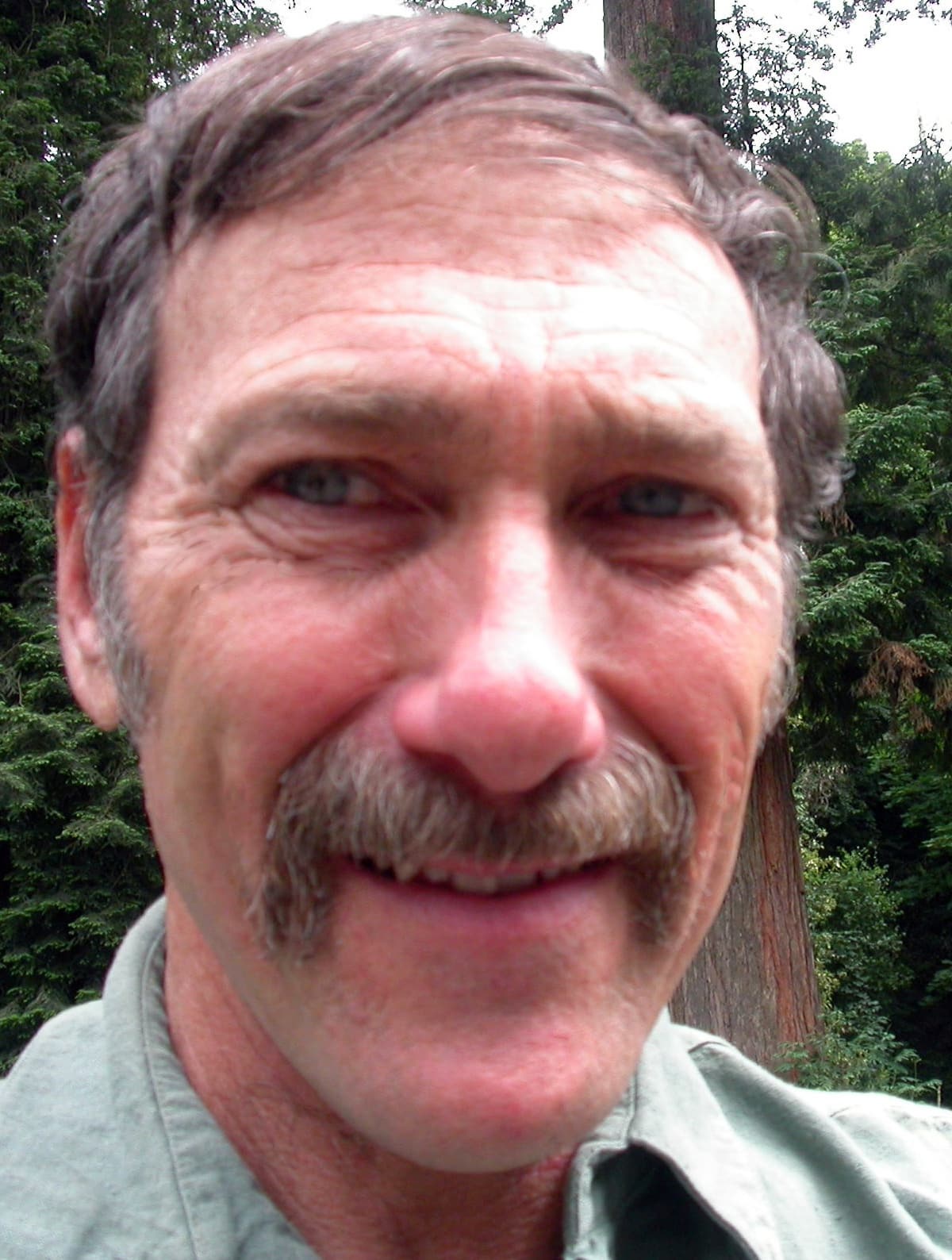Key Takeaways:
- Mineral Max AG is a certified organic biostimulant made from natural ingredients like blue-green algae, humates, Azomite, Icelandic kelp, and coconut shell carbon.
- The product is designed to improve soil health, nutrient uptake, and microbial interaction in the rhizosphere while conserving & slowing the movement of water flow.
- Over 60 field trials and testimonials indicate benefits in crop yield, flavor, and stress resilience.
- Pacific Plant Nutrients is navigating multi-state organic certification and exploring global expansion. Currently we are focusing on the Pacific N.W. and the Western states.
- The formulation follows AAPFCO guidelines and aligns with USDA's biostimulant direction. The Oregon Department of Agriculture has been very helpful.
Breaking Down the Formula: What’s in Mineral Max AG?

According to Paul Gaylon, several detailed documents on the company’s website explain the formulation, including Mineral Max AG Ingredients, Considering the Nutrients in Mineral Max AG, and an in-depth FAQ.
“These five ingredients were selected for their synergy and shared geological history. They function cooperatively to enhance microbial activity and nutrient cycling in the rhizosphere,” Gaylon said.
Klamath Lake Algae: A Nutrient-Dense Foundation
Gaylon highlighted the unique role of Aphanizomenon flos-aquae (AFA), or blue-green algae, sourced from Oregon’s Klamath Lake.
“It’s one of the most complete nutrient profiles found in nature—over 60% amino acids, essential fatty acids, trace minerals, carotenoids, and vitamins,” he explained. “Its longevity—dating back over two billion years—makes it uniquely resilient and effective in agriculture.” It also stimulates plant growth hormones.
Gaylon’s experience in human nutrition led him to explore its value in agriculture, ultimately integrating it into Mineral Max AG after extensive testing.
How Mineral Max AG Differs from Conventional Fertilizers
“Biostimulants like ours aren't fertilizers. They're functional tools that enhance the soil-plant interaction,” said Gaylon.
The formulation emphasizes microbial relationships in the rhizosphere, improving nutrient exchange through cation balance and redox activity. A company podcast on soil biology further explains these mechanisms.
Early Results and Field Metrics
Gaylon shared results from initial applications on crops like strawberries, habanero peppers, tomatoes, figs,orchids, grapes,hemp, and a variety of other crops.
“Even with just one or two applications, we saw changes in plant
performance—better growth, flavor, and no visible stress indicators,” he noted. “The product is highly concentrated—1.5 oz per gallon ( yields app. 96 gallons) covers a lot.” This amounts to 17 cents per gallon.
Current evaluations include partnerships with farms and Redox Bio-Nutrients for performance validation. We are currently doing more in depth small farm studies and single plant studies.
Navigating Certification and Regulation For Mineral Max AG
“We designed the label to meet compliance across all 50 states,” said Gaylon. “For California, we added additional heavy metal testing.”
Mineral Max AG is certified organic in Oregon and under review in California, with its labeling aligned with AAPFCO standards and recent federal biostimulant recognition.
Scalability and Supply Chain Outlook
Despite sourcing natural ingredients like Icelandic kelp and coconut carbon, Gaylon reports no major supply issues to date.
“If we run low, it’ll be a good problem to have. We're in a strong position but will need to scale equipment to meet future demand.”
Global Expansion: Interest from Costa Rica and Beyond
“We’re open to partnerships—distribution, research, fieldwork, and USDA testing. We’re grateful to everyone who's helped us get here,” said Gaylon.
The team—consisting of Paul Gaylon, Ron (marketing & business development), and Davis (production & mechanics)—operates with a shared belief in the product’s long-term value for regenerative agriculture.
Final Thoughts: Education, Open Access, and the Soil Food Web
“We’ve built our website as a learning platform—no logins, just open access to over 170 links on soil health, compost, and biostimulants,” Gaylon emphasized. We have podcast interviews, testimonials, FAQS, Documents, Acreage charts & writings.
The company aims to support academic partnerships and farmer-led learning, and welcomes collaboration for third-party trials or curriculum development.
For more, visit their product page.


